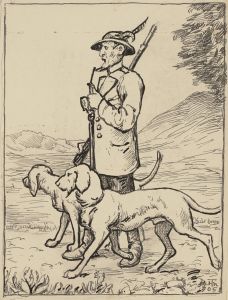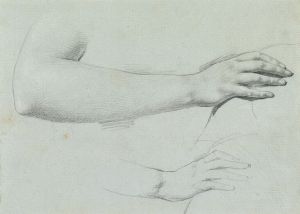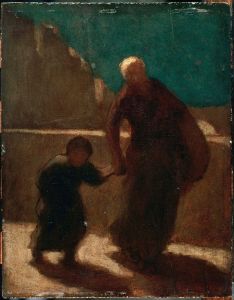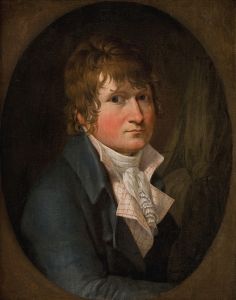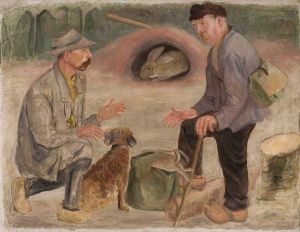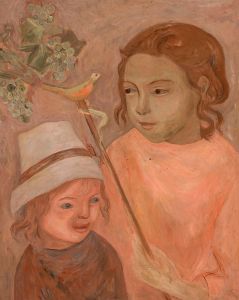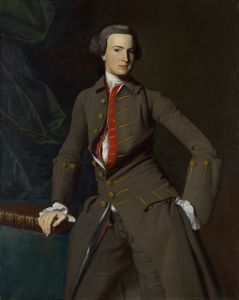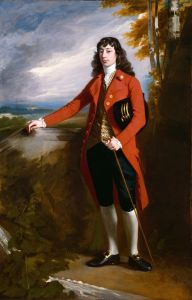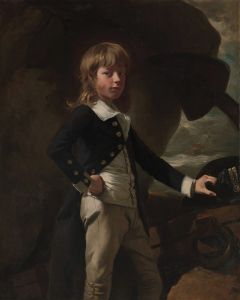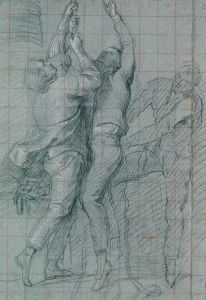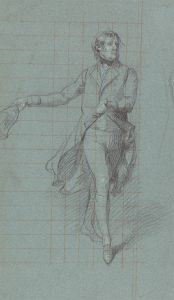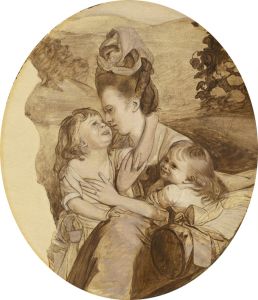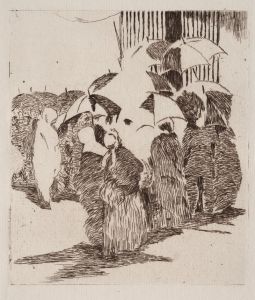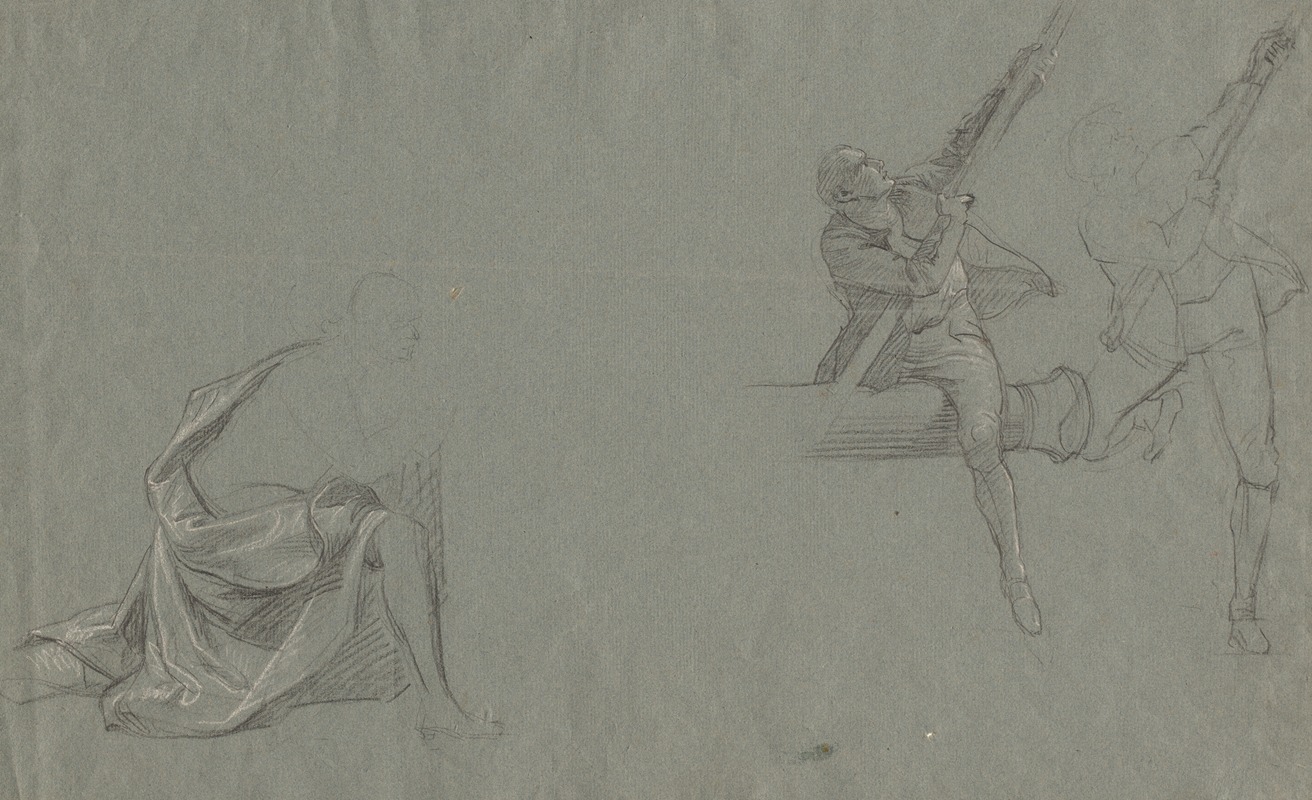
Drapery Study; Two Figures Pulling a Pole
A hand-painted replica of John Singleton Copley’s masterpiece Drapery Study; Two Figures Pulling a Pole, meticulously crafted by professional artists to capture the true essence of the original. Each piece is created with museum-quality canvas and rare mineral pigments, carefully painted by experienced artists with delicate brushstrokes and rich, layered colors to perfectly recreate the texture of the original artwork. Unlike machine-printed reproductions, this hand-painted version brings the painting to life, infused with the artist’s emotions and skill in every stroke. Whether for personal collection or home decoration, it instantly elevates the artistic atmosphere of any space.
John Singleton Copley, an influential American painter known for his portraiture and historical scenes, created the work titled "Drapery Study; Two Figures Pulling a Pole." This piece is a study drawing, which means it was likely created as a preparatory work for a larger painting or as an exercise in understanding the human form and the depiction of drapery. Copley, born in 1738 in Boston, was a self-taught artist who became one of the leading painters in colonial America before moving to England in 1774.
"Drapery Study; Two Figures Pulling a Pole" exemplifies Copley's skill in rendering the human figure and the intricate folds of fabric. The study focuses on two figures engaged in the physical act of pulling a pole, which allows Copley to explore the tension and movement of the human body. The drapery, likely a cloth or garment, is depicted with careful attention to how it interacts with the figures' movements, showcasing Copley's interest in realism and detail.
Copley's work is characterized by its meticulous attention to detail and its ability to capture the textures and subtleties of different materials. In this study, the drapery is rendered with a keen eye for the way light and shadow play across the fabric, creating a sense of depth and three-dimensionality. This attention to detail is a hallmark of Copley's style and is evident in many of his other works, including his well-known portraits and historical paintings.
The figures in the study are depicted in a dynamic pose, suggesting movement and exertion. This choice of subject matter may have been influenced by Copley's interest in capturing dramatic and narrative scenes, a theme that recurs throughout his body of work. The study may have served as a foundational exercise for a larger composition, allowing Copley to experiment with the arrangement of figures and the depiction of action.
Copley's move to England in 1774 marked a significant turning point in his career, as he began to focus more on historical and genre paintings. His time in England exposed him to new influences and artistic techniques, which he incorporated into his work. "Drapery Study; Two Figures Pulling a Pole" reflects Copley's ongoing commitment to mastering the technical aspects of painting, particularly in the depiction of the human form and the rendering of fabric.
While specific details about the context or purpose of this particular study are not well-documented, it remains an important example of Copley's artistic process and his dedication to exploring the complexities of form and movement. As with many of his studies, this work provides insight into the meticulous preparation that underpinned Copley's larger compositions.
Overall, "Drapery Study; Two Figures Pulling a Pole" is a testament to John Singleton Copley's skill as a draftsman and his ability to convey the nuances of human anatomy and the interplay of light and shadow on fabric. It stands as a valuable piece within his oeuvre, illustrating the foundational techniques that informed his more finished works.





